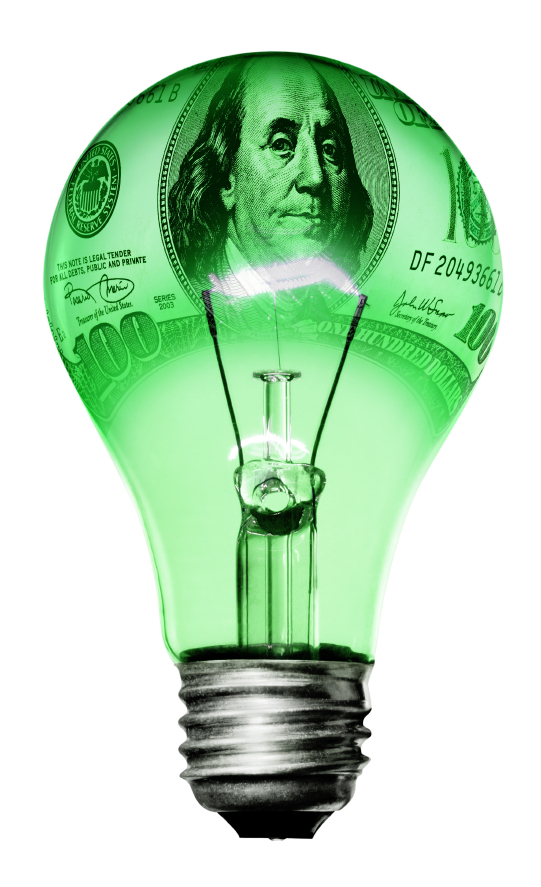AARP Hearing Center

NEW YORK, New York – The Hudson Valley’s residential utility ratepayers – who already pay 52 percent more than the average American for electricity - are footing Central Hudson’s $1.074 million bill to try to push their rates even higher.
Central Hudson is hitting up Hudson Valley ratepayers for its costs to lobby the Public Service Commission (PSC) for a nearly 17 percent proposed electric rate hike over three years, starting later this year, AARP and the Public Utility Law Project (PULP) found in a review of documents (see pages 1 and 2, “Rate Case Expenses”).
Yet while Hudson Valley residents pay for Central Hudson’s expenses to push for the rate hike - $358,000 a year over three years - they have no meaningful seat of their own at the regulatory table.
AARP and PULP say what’s good for the goose should be good for the gander; if a utility company can bill its customers to push rate increases on them, customers should have funding to push back.
“This is salt in the wound for residents of the Hudson Valley, who already spend more than half again what the average American pays for the basic necessity of electricity,” said Beth Finkel, state director of AARP in New York State. “It’s not right that consumers have to pay again for Central Hudson to try to raise their already sky-high rates when they don’t have a meaningful seat of their own at the table. AARP New York commends Senator Sue Serino for recognizing that residential ratepayers need a voice and supporting creation of an independent utility consumer advocate. We hope she’ll be able to advocate successfully for this common sense step to be included in the final state budget.”
New York is one of just 10 states, and by far the largest, without an independent advocate for its utility consumers. The State Assembly has proposed including creation of an independent utility consumer advocate, as well as funding for intervenors in individual rate cases, in the final state budget due April 1 (see A6005, pages 61-65, and A.6000, page 622).
"In the winter of 2013-2014, one of the coldest on record, one year’s worth of Central Hudson’s attorneys’ and consultants’ fees for the current rate case would have equaled 1/3 of the total amount the company spent upon its low and fixed income customer discounts,” said Richard Berkley of the Public Utility Law Project. “In our opinion, that money would have been better spent if the company had used it to construct new rates that delivered real assistance for the 30% of its customer households making less than $35,000 annually, rather than just raising prices, as we pointed out in our comments in the rate case."
Independent utility consumer advocate offices in other states, which have the power to legally challenge unfair rate hikes, save ratepayers far more than they cost. Connecticut’s office reported $243 in rate reductions for every dollar spent in 2012, while California’s reported a 153-1 return on investment. But if anyone needs a strong voice at the table, it’s New Yorkers.
Central Hudson residential customers paid 52 percent above the national average for their electricity in December (18.45 cents per kilowatt hour vs. 12.15 cents), the last month for which data is available from the U.S. Energy Information Administration.
A 2014 AARP survey of Dutchess County voters 50 and older found 74 percent at least somewhat worried about affording their utility bills (with nearly half “extremely” or “very” worried) and 86 percent reporting a household financial strain from the cost to heat their homes last winter.
“This is about protecting the already fragile kitchen table economies of Hudson Valley residents,” added Finkel. “For the many older residents on fixed or limited incomes, they’re often forced to choose between food or medication and keeping the heat and lights on when their utility bills go up.”
Last year, AARP revealed that New York’s investor-owned utilities pass onto their customers more than $10 million a year in costs to push rate hike and other regulatory changes, typically amortized over three to five years.
Contacts: Erik Kriss, ekriss@aarp.org; Chaunda Ball, cball@aarp.org
Follow us on Twitter: @AARPNY and Facebook: AARP New York
AARP is a nonprofit, nonpartisan organization, with a membership of more than 37 million, that helps people turn their goals and dreams into real possibilities, strengthens communities and fights for the issues that matter most to families such as healthcare, employment and income security, retirement planning, affordable utilities and protection from financial abuse. We advocate for individuals in the marketplace by selecting products and services of high quality and value to carry the AARP name as well as help our members obtain discounts on a wide range of products, travel, and services. A trusted source for lifestyle tips, news and educational information, AARP produces AARP The Magazine, the world's largest circulation magazine; AARP Bulletin; www.aarp.org ; AARP TV & Radio; AARP Books; and AARP en Español, a Spanish-language website addressing the interests and needs of Hispanics. AARP does not endorse candidates for public office or make contributions to political campaigns or candidates. AARP Foundation is an affiliated charity of AARP that is working to win back opportunity for struggling Americans 50+ by being a force for change on the most serious issues they face today: housing, hunger, income and isolation. AARP has staffed offices in all 50 states, the District of Columbia, Puerto Rico, and the U.S. Virgin Islands. Learn more at www.aarp.org .
###































































